2017 Rolls-Royce Dawn Review

The sun is rising again at Rolls-Royce. Dawn is an ultra-luxury droptop and model No. 4 in this British brand’s modern lineup; it’s the only car it offers today with a retractable roof.
But it’s not just a piece of origami fabric that makes this machine stand out in the rarified price class it occupies. The borderline obscene luxury provided is what truly sets it apart and makes it feel like no other vehicle on the road, save another Rolls-Royce.
It may be in the technological vanguard, but the Dawn is also rooted in tradition, combining the best of the past with 21st-century innovation. Its transmission uses GPS data to help select the right gear, yet all this car’s wood, leather, and metal furnishings are genuine. Old-school, rear-hinged “coach doors” contrast with a cutting-edge twin-turbocharged engine. The infotainment system features handwriting recognition, yet the Spirit of Ecstasy still adorns its prow, the brand’s official emblem since 1911. Old meets new, leading-edge tradition.
Get the Flash Player to see this player.
FAST FACTS
| Engine: | 6.6L twin-turbocharged V12 |
| Output: | 563 hp, 575 lb-ft torque |
| Transmission: | 8-speed automatic |
| U.S. Fuel Economy (MPG): | 12 city, 19 hwy, 14 combined |
| CAN Fuel Economy (L/100 km): | 20.0 city, 12.6 hwy, 16.7 combined |
| US As-Tested Price: | $413,030 |
| CAN Estimated Price: | $521,000 |
Blood Relatives, Selective Breeding
Mechanically, Dawn is closely related to the Wraith, which is essentially a coupe version of the Ghost sedan that’s, of course, loosely based on a 7 Series BMW. There are plenty of shared components beneath the surface of this car, but you’d never know it given the imposing design and rich materials employed in its construction.
Roughly 80 percent of the Dawn’s body panels are unique, even if it is unmistakably a Rolls-Royce, with an upright, squared-off grille, glittering trim and, on this test car, optional 21-inch wheels. Also, you’ve got to love its slightly tapered rear end that recalls boat-tailed cars from decades past. It’s subtle but ever so eye-catching.
But styling isn’t the only telltale sign that this is something special; the sheer size gives it incredible presence as well. At more than 17 feet long with a wheelbase exceeding 10, the Dawn is huge, especially for a convertible. Its unladen curb weight is likewise massive, clocking in at more than 5,600 pounds (2,560 kg).
Those outsize dimensions might make parallel parking a challenge, but they do provide ample interior space, enough room to seat four adults in total luxury while carrying up to 10.4 cubic feet of luggage in the trunk. A bigger boot would be appreciated, but just make sure to pack light, or have your butler do it for you, or whatever.
The Silent Ballet
But offering a larger trunk would make that power soft top tricky to package. And let’s be honest, it’s the car’s main attraction. Rather than equipping the Dawn with a folding metal lid as is in vogue today, engineers opted instead for a traditional fabric arrangement, which they claim is a more graceful solution.
Aside from the Rube Goldberg-esque collection of links, pivots, cables, and sensors that operate this roof, the lid itself is comprised of six layers and is extensively insulated, which supposedly makes the Dawn the quietest convertible ever built, with an interior that’s just as silent as the Wraith’s. When it’s time to bask in the sun’s golden rays, that roof can be can be tucked away in around 20 seconds at driving speeds up to 31 miles an hour (50 km/h), a process dubbed the “silent ballet” by Rolls-Royce.
Over-the-Top Opulence
Another stand-out feature of the Dawn are its coach doors. I still call them “suicide doors,” an old-school and likely un-PC term, but regardless, they’re one of my favorite parts of this already over-the-top convertible. Incredibly substantial in hand, they swing wide, granting easy access to the cabin, both front and rear. And since they open so far, it’s very difficult reaching back to close them, so to prevent any uncouth acrobatics or muscular strain, the doors shut automatically at the push of a button.
Aside from their smooth operation, these doors also add strength and stiffness to the vehicle structure, largely because the aft-mounted hinges allow for an uninterrupted A-pillar.
The Dawn is a proper four-seater, with room for up to four fully grown adults. Indeed, this car’s back seats are nearly as plush as its front buckets. There’s ample legroom and the cushions are properly angled for even transcontinental comfort.
Naturally, once inside, you’re swaddled in absolute, unabashed luxury. Every surface and switch, dial and detail has been polished to blinding perfection.
The organ-pull ventilation controls bring to mind the cockpit of aircraft from the 1930s. There’s a stubby, column-mounted, electrically operated gear selector that falls perfectly to hand and works with surgical slickness. Umbrellas are concealed in the door jambs, each one probably costing more than I make in a year. The book matched, open-pore wood trim is nothing short of radiant, while our test car was equipped with optional lambs’ wool floor mats that felt deeper than the Mariana’s Trench and softer than freshly fallen snow.
Practically every surface that’s not trimmed in glass or exotic wood is wrapped creamy-soft leather, hand-selected hides that are supposedly the best available on the planet.
From the driver’s seat, this car’s Spirit of Ecstasy rotary controller with integrated touchpad provides access to the infotainment system, which is fairly straightforward, though like BMW’s iDrive, there are a lot of menus to go through. The user interface is displayed on a bright, 10.25-inch screen that can be hidden behind a power-operated shade, one that’s, naturally, trimmed in matching veneer.
Poetry in Motion
Once you’re done staring, mouth agape, at the Dawn’s incredible interior and want to go some place, you’ve got to fire up the engine. The car is breezed along by a gargantuan 6.6-liter V12. That prodigious displacement is augmented by forced induction that helps it deliver 563 horsepower with 575 lb-ft of torque. That’s not an insane amount of oomph – less than you’d probably expect from an engine of this capacity – but it’s still plenty, even for a car like this.
Matched to an astute ZF eight-speed automatic, this drivetrain can get you to 60 miles an hour in around 4.8 seconds (5.0 to 100 km/h). Top speed is 155 miles an hour.
Curious about fuel economy? Well, you really shouldn’t be. The Dawn stickers at 12 miles per gallon city (20 L/100 km) and 19 highway (12.6 L/100 km), averaging a claimed 14 mpg (16.7 L/100 km).
The Drive
The Dawn is probably the most serene, effortless-feeling vehicle I’ve ever piloted. It’s an absolute pleasure to drive, though not because it’s engaging or fun in the traditional sense, but because it’s so different from every other car on the market today. Comfort and serenity were top priorities in its development, not skid-pad numbers or Nürburgring lap times.
Despite the droptop, there are zero judders or jiggles from the structure — it’s tighter than an in-tune piano wire, supposedly the most rigid four-seat convertible available today.
Ride quality is simply stunning. It smoothly glides along even the gnarliest Midwestern roads like an Olympic figure skater performing on fresh ice. The way it absorbs impacts and mitigates their harshness is truly remarkable.
The Dawn’s acceleration is muscle car-esque yet totally placid at the same time. It will absolutely rip when you punch it, yet the engine barely makes a peep. It’s smoother than silken underwear, ditto for the transmission, which changes gears so smoothly you won’t even notice. Shifts are all but imperceptible and it makes them in advance of upcoming corners because it uses information provided by satellites to anticipate your next move or geographical change.
Naturally, this isn’t a car designed to hustle through a slalom course and the Dawn’s steering is a noticeable dynamic weakness. It’s far too light to the touch for my taste and the wheel’s rim is too narrow; it’s like there’s nothing to hold on to. Also, the front wheels aren’t inclined to return to straight ahead after making a turn, you’ve got to manually steer back, which is an odd sensation.
Gauges are on the small side and can be difficult to read in certain lighting conditions since there’s not much contrast being gray and silver. In lieu of a tachometer, Rolls-Royces have power reserve percentage meters, an amusing touch.
The Verdict: 2017 Rolls-Royce Dawn Review
It’s easy to write glowing prose about a car like the Dawn. From stem to stern, it’s an astounding piece of work that only a tiny handful of exceptionally lucky souls will ever get to enjoy. As you’ve probably guessed, it’s priced accordingly.
Base MSRP for the model I evaluated was $341,125, roughly the price of a stately country home. Add $27,630 for the Dawn Package USA, $2,775 for 21-inch, forged, 10-spoke wheels, $2,725 for ventilated front seats, $4,200 for contrast stitching, full wood paneling costs $21,275, and those wool floor mats were $1,400. Add a few other pricey options into the mix along with destination charges ($2,750) as well as the gas-guzzler tax ($2,600) and that brings us to a grand total of $413,030.
Still, the 2017 Rolls-Royce Dawn is hard to fault, excelling at so many things, offering a sumptuous interior, creamy-smooth ride and silken drivetrain. It’s fast, lavishly built and loaded with thoughtful touches.
Discuss this story on our Luxury-Lifestyle Forum
LOVE IT
- Breakneck acceleration
- Comfortably seats four
- Over-the-top interior
- Seamless drivetrain
- On-road presence
- Sumptuous ride
LEAVE IT
- Optional driver-assist features
- Ventilated seats cost extra
- Astounding price tag
- Unengaging steering
- Tiny trunk

Born and raised in metro Detroit, Craig was steeped in mechanics from childhood. He feels as much at home with a wrench or welding gun in his hand as he does behind the wheel or in front of a camera. Putting his Bachelor's Degree in Journalism to good use, he's always pumping out videos, reviews, and features for AutoGuide.com. When the workday is over, he can be found out driving his fully restored 1936 Ford V8 sedan. Craig has covered the automotive industry full time for more than 10 years and is a member of the Automotive Press Association (APA) and Midwest Automotive Media Association (MAMA).
More by Craig Cole




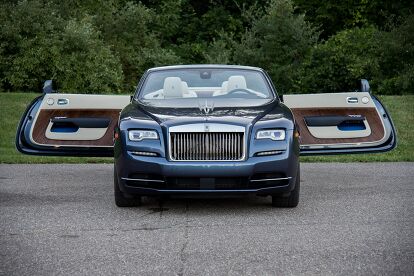








































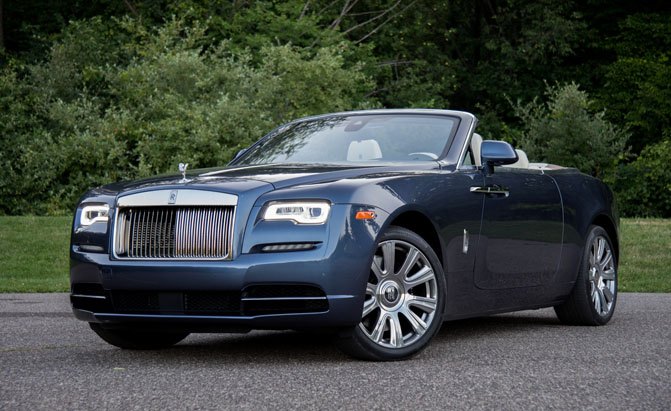





















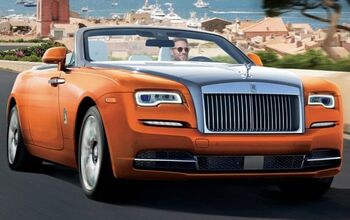

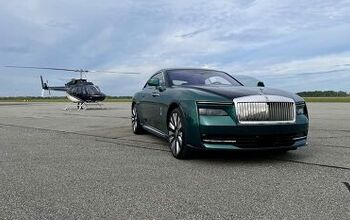
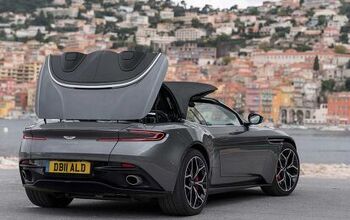



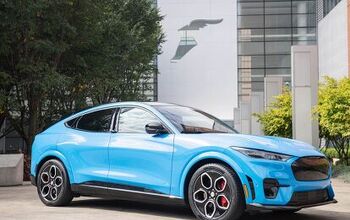
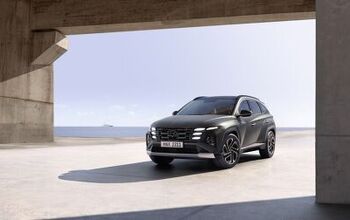
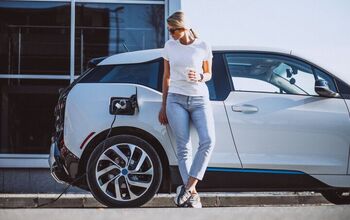
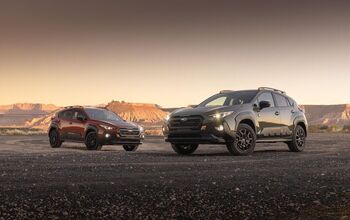


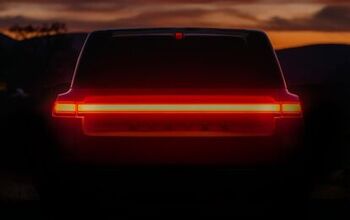

Comments
Join the conversation
One of the most beautiful convertibles you can buy. M